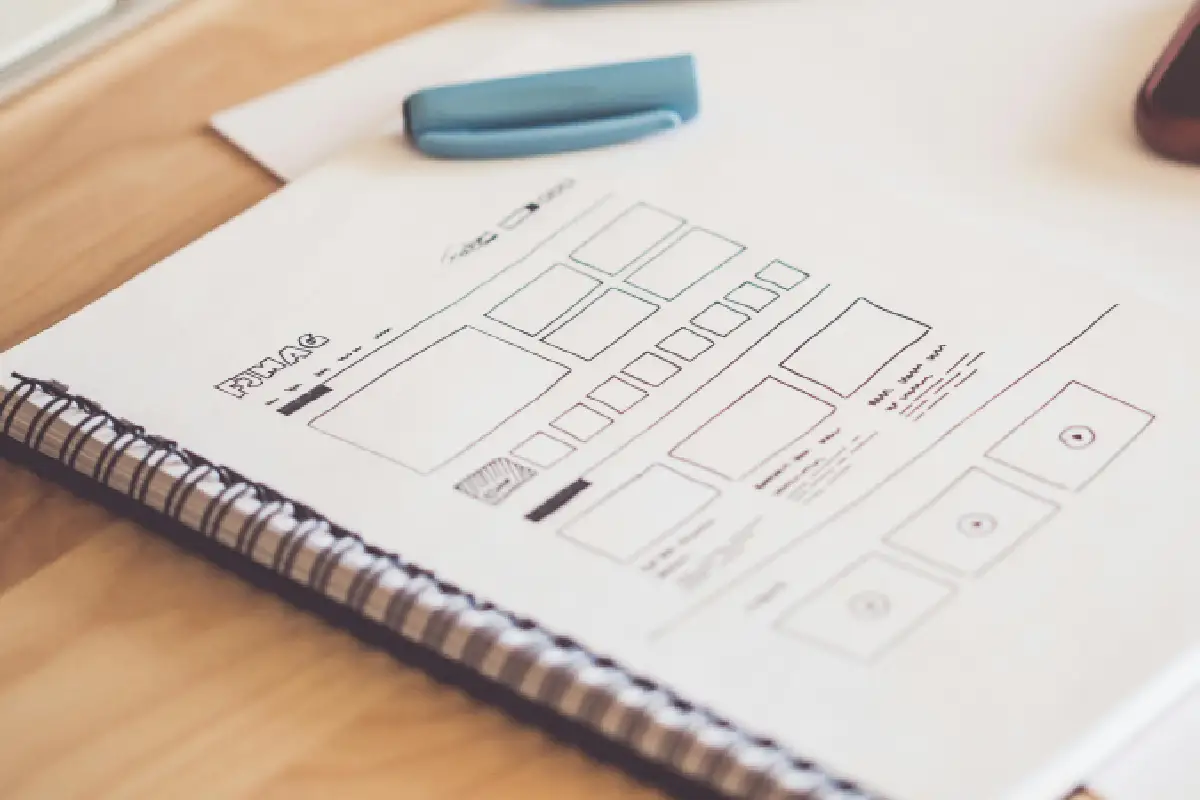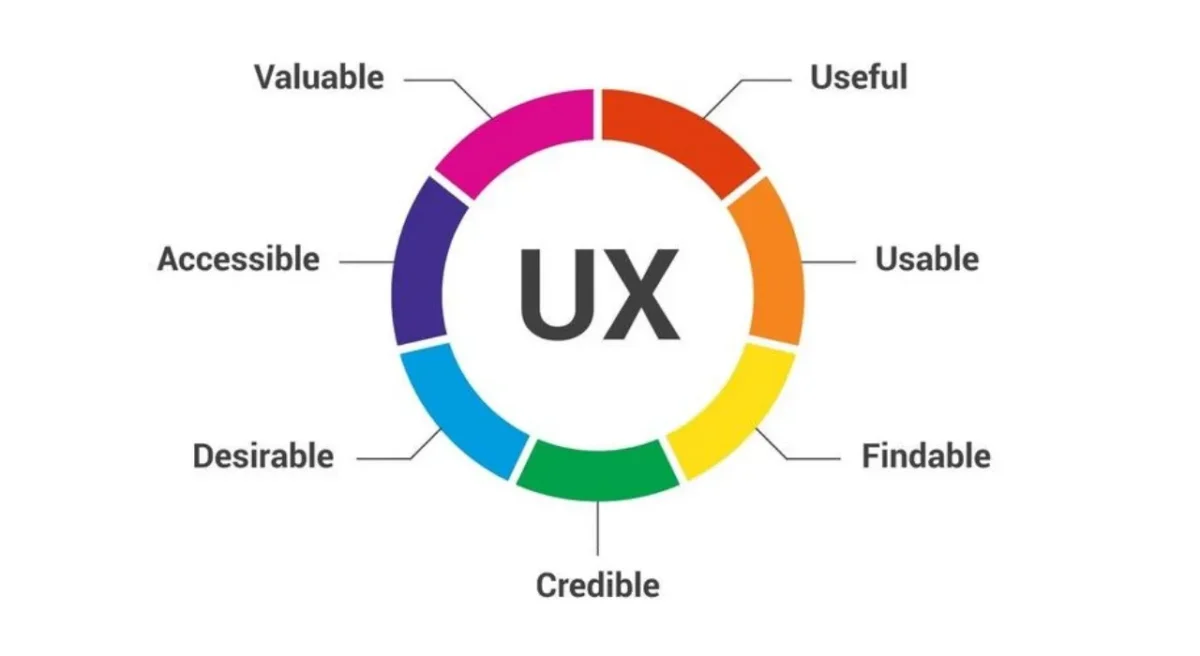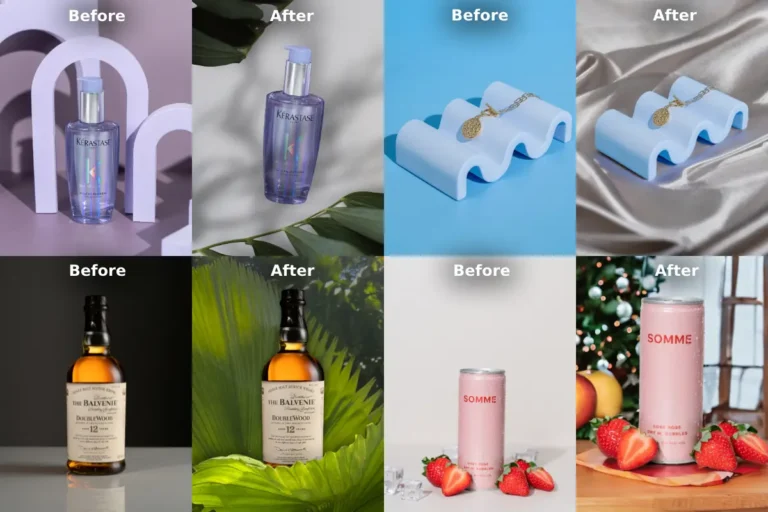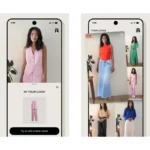Successfully building a brand requires an array of strategies for user engagement and from social media outreach to SEO to creative marketing events and beyond. Among these, the foundation often lies in effective website design.
It isn’t merely a hub where all these strategies converge, nor is it solely the primary touchpoint for potential customers to interact with your brand. A well-designed website captures your customers’ attention and holds it, allowing you to foster genuine connections and boost user engagement. This, ultimately, elevates the user experience, reinforces your brand identity, and steers you toward success.
In this article, we discuss how you can maximize user engagement using innovative business website design strategies and will learn important ux designing lessons. With a user-centric approach and a sprinkle of creative magic, you can transform your website into an engagement powerhouse.

Table of Contents
Decoding User Engagement: What Is It and Why Is It Important?
So, what exactly is user engagement? Well, it’s how deeply users interact with your website. Think of things like time spent browsing, pages viewed, and completing desired actions (like signing up for a newsletter or making a purchase).
These actions are all tracked through key metrics like bounce rate (percentage of visitors leaving after one page) and session duration (average time spent on your site). These help you gauge how effectively your website design guides users on their journey.
Design for Maximum Impact: Strategies to Keep Visitors Engaged
Now comes the fun part: crafting a website that’s as captivating as a Netflix binge. Here are some key design strategies to keep in mind:
User-Centric Design: Put Your Audience First
Confusing website navigation and jargon-filled text are guaranteed turn-offs for visitors. They’ll quickly get frustrated and leave your site, never to return. User-centric design ensures a smooth and positive experience by prioritizing your audience’s needs.
Here’s what it means to put your audience first:
- Know your users: Conduct research to understand your target demographic’s needs, expectations, and online behavior. What kind of information are they seeking? What are their pain points? By understanding your audience, you can tailor your website to resonate with them.
- Speak their language: Ditch the technical jargon and complex sentences. Use clear, concise language that your target audience can easily understand. Think about the way you’d explain your product or service to a friend at a coffee shop.
- Align with your brand: Your website design should seamlessly align with your overall marketing goals, strategy, and message. The visuals, tone of voice, and overall user experience should all reflect your brand identity to create a sense of consistency.
- Navigation that flows: Users should be able to find the information they need quickly and intuitively. Design clear menus, well-organized categories, and a powerful search bar that delivers relevant results. Remember, a user-friendly website is a happy website, and happy websites lead to happy (and engaged) customers.

Content Is King: Captivate with Compelling Content
Content is the heart and soul of any engaging website. But forget the days of dense, text-heavy pages. Today’s web users crave information that’s easy to digest and visually appealing.
Here’s how to create content that captivates:
- Bite-sized brilliance: Break up your content with headings, subheadings, and bullet points for improved readability. Imagine reading a newspaper – you wouldn’t want to get bogged down by a giant wall of text, right?
- Content is king, and keywords are his advisors: Optimize your content with relevant keywords to improve your search ranking. This means strategically incorporating keywords that users might search for when looking for your products or services. However, don’t stuff your content with keywords – prioritize natural language and user experience above all else.
- Meta magic: Craft compelling meta descriptions, those short snippets that appear under your website link in search results. Think of them as tiny billboards enticing users to click. Meta descriptions should accurately reflect your content and use strong keywords to grab attention and encourage users to visit your site.
- Visual storytelling: High-quality images, infographics, and well-placed videos can significantly enhance your content. Visuals break up text, add visual interest, and can even tell a story on their own. Consider using a mix of visuals to cater to different learning styles and keep users engaged.
- Interactive engagement: Take your content a step further by incorporating interactive elements like quizzes, polls, or calculators. This allows users to participate actively, boosting engagement and making your content more memorable.
Call to Action (CTA) Magic: Tell Users What to Do Next
Let’s say a visitor lands on your website, loves what they see, and wants to learn more. A clear call to action (CTA) is your chance to tell them exactly what to do next, such as downloading a free e-book or scheduling a consultation.
Here are some tips for crafting effective CTAs:
- Clarity is key: Keep your CTAs concise and easy to understand. Use strong verbs that leave no room for confusion. For example, instead of “Learn More,” try “Download Our Free E-book” or “Schedule a Free Consultation Today.”
- Visually appealing: Make your CTAs stand out! Use contrasting colors and easy-to-read fonts, and strategically place them throughout your website, particularly at the end of engaging content sections or near product information. Consider using buttons or call-to-action bars for better visibility.
- Align with your goals: Your CTAs should reflect your marketing objectives. Are you aiming to generate leads, promote a specific product, or encourage sign-ups for a newsletter? Craft CTAs that directly support your goals.
Optimizing for the Future: Design for All Devices
Gone are the days when websites were solely accessed from desktops. Today’s users expect a seamless experience across all devices – desktops, tablets, and smartphones. Now Ai has also enterred into designing seamless ui-ux for websites and apps!
Here’s how to ensure your website is ready for the mobile-first world:
- Responsive design: This means your website automatically adjusts its layout and content to fit the screen size of the device being used. Responsive design ensures optimal viewing regardless of whether users are browsing on a large monitor or a tiny smartphone screen.
- Touch-friendly elements: With the rise of mobile browsing, it’s crucial to make sure buttons, menus, and other interactive elements are optimized for touchscreens. Users shouldn’t have to struggle with tiny buttons or frustratingly precise clicks.
- Fast loading speed: Mobile users are even less patient than desktop users when it comes to slow loading times. Optimize your website images, code, and overall structure for fast loading speeds across all devices.
Conclusion: The User Engagement Equation Solved
The battle for user attention is fierce. But fret no more! By implementing these innovative design strategies, you’ve got the winning formula for a website that captivates, converts, and keeps your audience coming back for more. Remember, user engagement is a two-way street. Continuously monitor user behavior, gather data through analytics tools, and don’t be afraid to experiment with A/B testing to refine your website and keep it firing on all cylinders. With a user-centric approach, compelling content, and a sprinkle of design magic, your website will transform from a digital brochure into an engagement powerhouse, driving brand loyalty and propelling your business forward.
Written by: Edrian Blasquino







